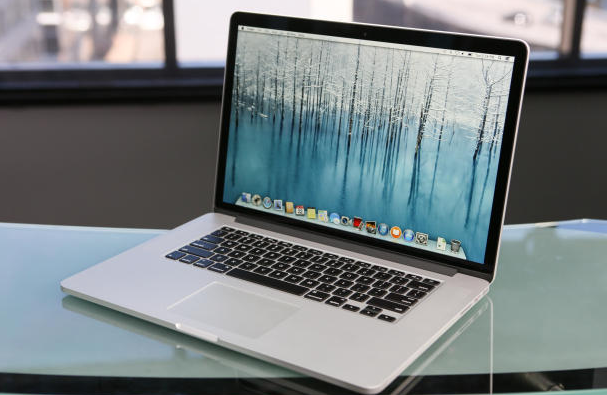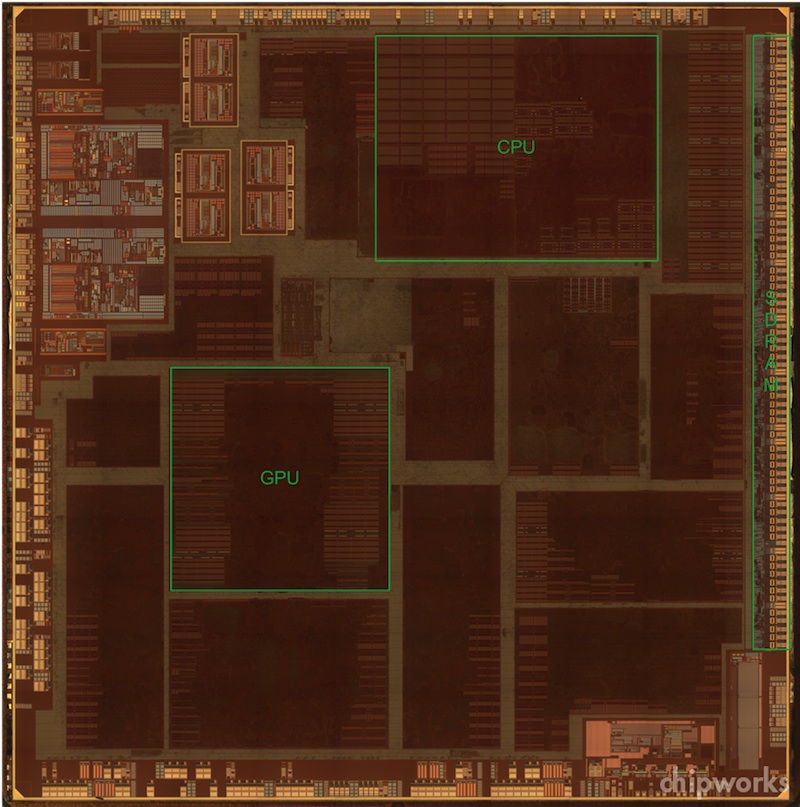
Apple's MacBook Pro line has now gotten an entirely expected upgrade to current-generation Intel CPUs, just in time for the holiday shopping season. In our hands-on initial testing, these new 13-inch and 15-inch models look and feel just like the previous generation, but the promise of longer battery life, somewhat improved performance, faster Wi-Fi, and lower starting prices is enough to make this a significant overall update...
Read the full story here... Source: CNET



